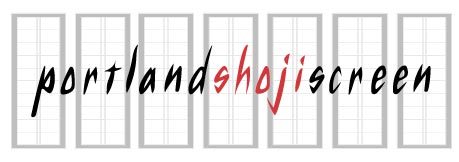Well, I thought that getting 10 huge Oak Shoji into Google’s headquarters was the big time. I was wrong!
Seems that being acknowledged in the premier homebuilding magazine “Fine Homebuilding” is a step up for PSS.
Some of the following was lifted from the article in March 2014 of Fine Homebuilding. The article is in the Project Gallery and titled Serene in the City. You can find the whole article on the web at:
http://www.finehomebuilding.com/design/departments/project-gallery/serene-in-the-city.aspx?nterms=61642
The architectural firm; ART/Albert, Righter and Tittmann, with J.B. Clancy and Lyle Bradley designed the ultimate Brownstone interior… The client needed a tranquil place for meditation, yoga, and a comfortable area for entertaining…
The yet un-named owner let the architects design one of the coolest places I’ve ever seen. And lucky me, ART found Portlandshojiscreen for the traditional style Shoji.
The job for me consisted of 6 CVG Douglas Fir Shoji. Each screen is about 3′ x 6′ and has the traditional wood tracks in CVG Fir also. The tops and bottoms of the doors have a notched profile that fits into dado’d grooves in the wood track.
All the screens are double sided. This is a Western thing and would be considered: untraditional. The Shoji have a typical kumiko (grid) design. One side of the kumiko is fixed and the other side is screwed to the frame for easy removal of the paper. The insert material is a Japanese Artist paper that is very tough. It is an off-white shade and a little thicker than the usual shoji paper as it is really designed for water-color painting. I used it because of the large rectangles of the kumiko. I made my own glue from sticky rice for this project.
The finish is a thin, 2 part type lacquer in a Matt sheen, and the wood appears like there isn’t any finish.
What can’t be seen in the article is that there are 2 sets of 3 screens and they are on 2 sides of the tatami room that is mostly unseen. In one of the pics in the magazine not the web version, you can glimpse a portion through the stairs. There is way more to the site than shown in the pictures.
This job was actually done in 2009/2010.

